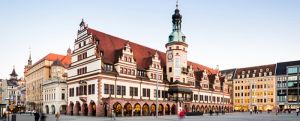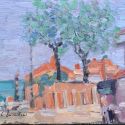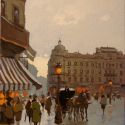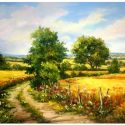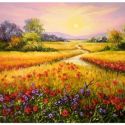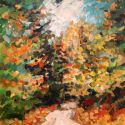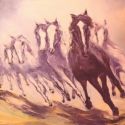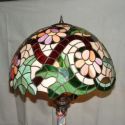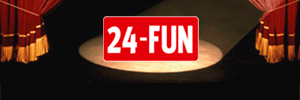Born on 05 July 1885: André Lhote, French Cubist painter, sculptor, writer and educator, who died on 24 January 1962.
He painted figure subjects, portraits, landscape and still life; he also was very influential as a teacher and writer on art. Born in Bordeaux, he was apprenticed in 1897 to an ornamental sculptor, and also studied decorative sculpture from 1898 to 1904 at the École des Beaux-Arts in Bordeaux. He began to paint in his spare time. Lhote left the sculpture studio in 1905 to devote himself to painting. He was influenced by Gauguin, then from 1910 by Cézanne. First one-man exhibition at the Galerie Druet, Paris, 1910. Abandoning Fauvism, he joined the Cubist movement in 1911; exhibited in 1912 at the Salon de la Section d'Or. Applied Cubist stylization as a formal discipline to scenes from everyday life. In 1917, after discharge from the army, became one of the Cubist group supported by Léonce Rosenberg. An example of the Cubism which became Lhote's mature painting style is Rugby (1917). Lhote also began to write regularly for the Nouvelle Revue Française, which he did until 1940. He taught at the Académie Notre-Dame des Champs 1918-1920 and afterwards at various other art schools, including one he founded in Montparnasse in 1922. Lhote wrote a number of books on art, including La Peinture, Le Coeur et l'Esprit (1933), Traité du Paysage (1939), Traité de la figure (1950). He died in Paris.
inchide 
Newsletter
Stay tuned with arts. Subscribe to Artline art news send directly to your mailbox by artLine.ro


